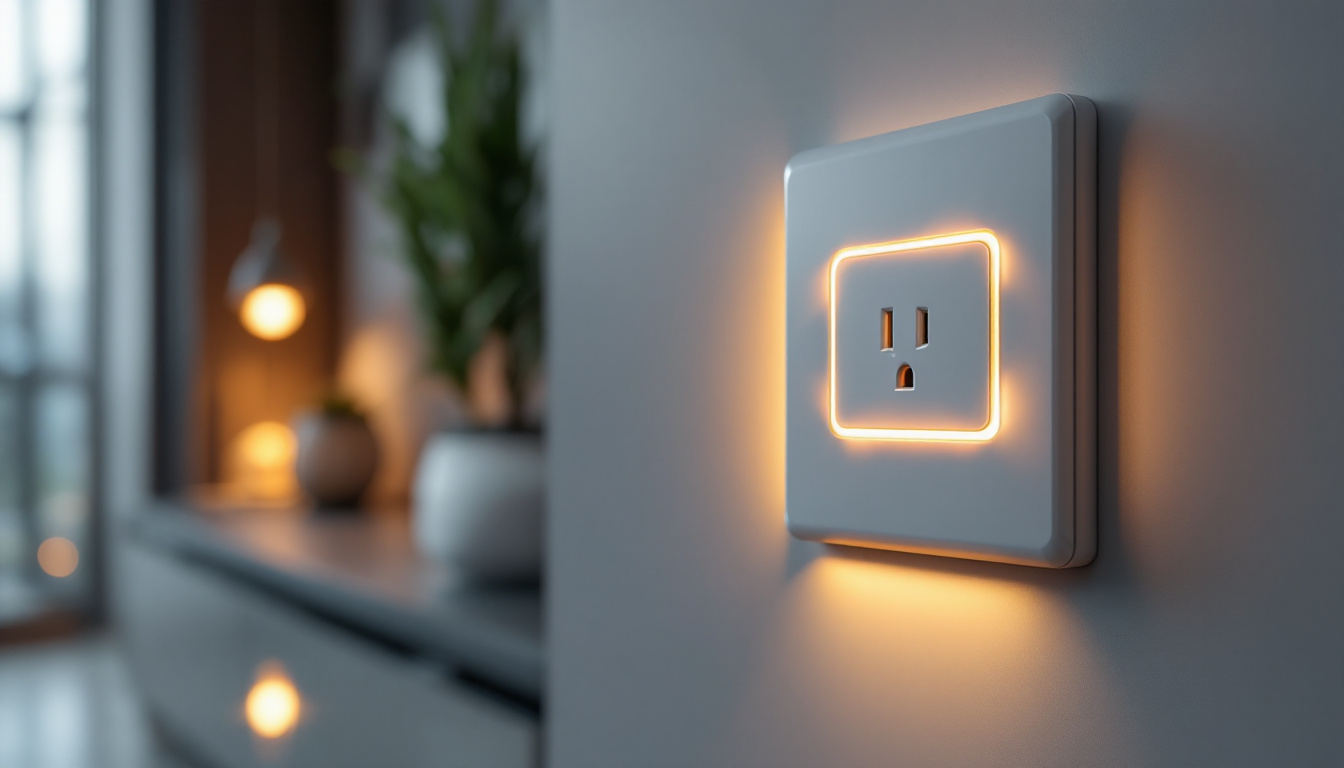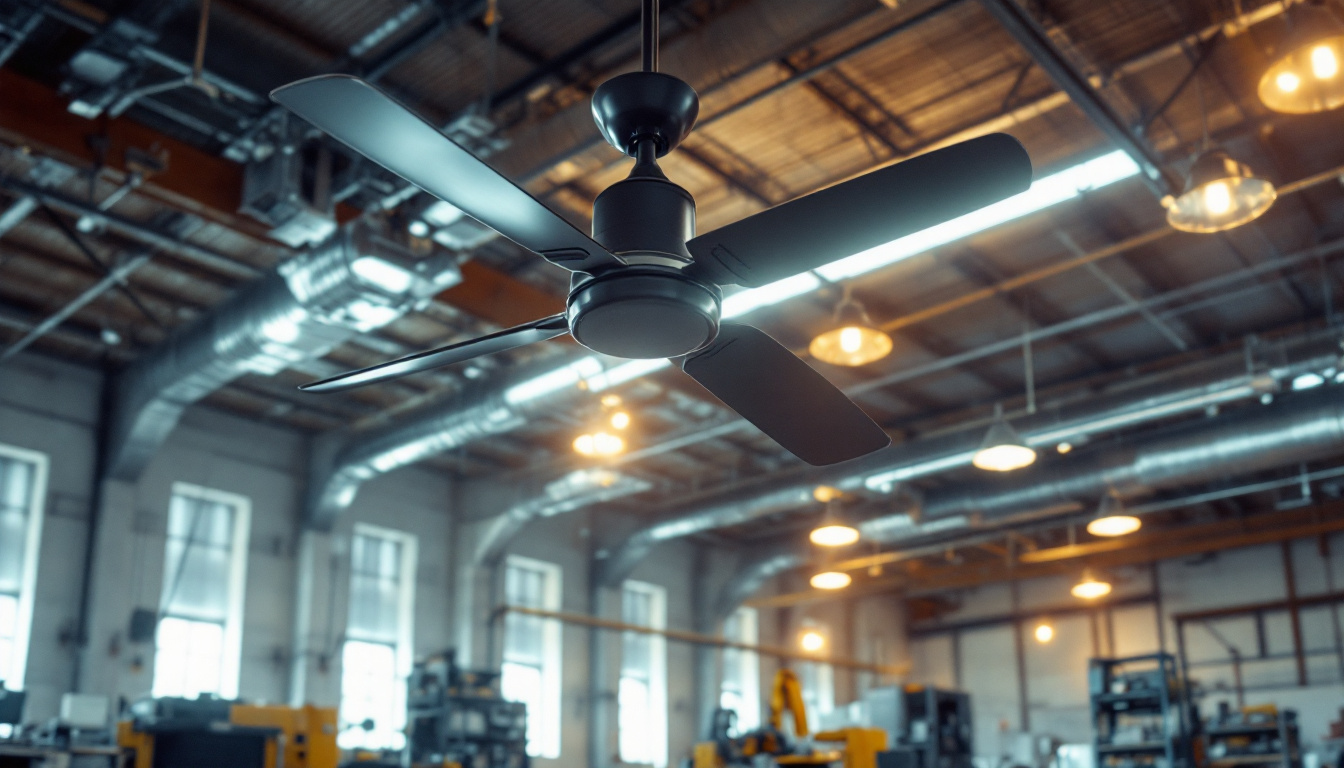

In the rapidly evolving world of electrical installations, modern electric outlets have become a cornerstone in the toolkit of smart lighting contractors. These outlets not only provide power but also integrate seamlessly with smart home technologies, enabling enhanced functionality and user experience. This article delves into the various approaches that smart lighting contractors can take when working with modern electric outlets, ensuring they stay ahead in a competitive market.
Modern electric outlets have transformed significantly from their traditional counterparts. They now come equipped with advanced features that cater to the increasing demand for smart home integration. Understanding these features is crucial for lighting contractors who aim to provide comprehensive solutions to their clients.
There are several types of modern electric outlets that contractors should be familiar with. Smart outlets, for instance, allow users to control power remotely via smartphone apps or voice commands. These outlets often come with built-in energy monitoring capabilities, giving homeowners insights into their energy consumption.
Another type is the USB outlet, which provides direct charging options for various devices without the need for bulky adapters. This is particularly useful in homes where multiple devices are used simultaneously. Understanding the differences among these outlets can help contractors recommend the best solutions tailored to their clients’ needs. Additionally, there are GFCI (Ground Fault Circuit Interrupter) outlets that are essential in areas prone to moisture, such as kitchens and bathrooms. These outlets prevent electrical shock by cutting off power when they detect a ground fault, ensuring safety in wet environments.
When selecting modern electric outlets, several key features should be taken into account. Compatibility with smart home systems is paramount; outlets that work with popular platforms like Amazon Alexa or Google Assistant can significantly enhance user experience. Additionally, safety features such as surge protection and tamper-resistant designs are essential for ensuring the safety of both the installation and the end user.
Moreover, energy efficiency is increasingly becoming a priority for homeowners. Outlets that provide energy monitoring can help clients track their usage and make informed decisions about their energy consumption, which is a selling point for any contractor. Furthermore, some modern outlets feature customizable settings that allow homeowners to set schedules for when devices can be powered on or off, promoting energy conservation and convenience. With the rise of electric vehicles, there are also specialized outlets designed for EV charging, which can be a lucrative addition to any contractor’s offerings, catering to the growing market of eco-conscious consumers.
Installing modern electric outlets requires a blend of technical expertise and an understanding of the latest technologies. The installation process can vary based on the type of outlet and the specific needs of the client. Here are some effective techniques that lighting contractors can employ.
Before any installation begins, careful planning of the outlet layout is essential. Contractors should assess the space and determine the most convenient locations for outlets, keeping in mind the functionality and accessibility. This involves considering the placement of furniture, appliances, and other electronic devices that will require power.
In addition, planning should also account for the integration of smart home systems. Outlets should be positioned to facilitate easy access to Wi-Fi signals and ensure that smart devices can connect without interference. A thorough evaluation of the room’s dimensions and the potential for future technology upgrades can also guide the strategic placement of outlets. For instance, in a living room, outlets might be placed near seating areas for charging devices or powering entertainment systems, while in a kitchen, outlets could be positioned near countertops for easy access to kitchen gadgets.
Wiring is a critical component of any outlet installation. Contractors must ensure that the wiring used is compatible with the modern electric outlets being installed. This includes understanding the electrical load requirements and ensuring that the existing wiring can support the new outlets without causing overloads.
Furthermore, utilizing smart wiring systems can enhance the functionality of the outlets. These systems allow for easier integration with smart home devices and can simplify future upgrades or modifications. For example, using low-voltage wiring can enable the installation of outlets that support USB charging, eliminating the need for bulky adapters. Additionally, contractors should consider the use of color-coded wiring for easier identification and troubleshooting during future maintenance. This attention to detail not only improves the safety and efficiency of the installation but also provides homeowners with peace of mind knowing their electrical systems are well-organized and up to date.
Integrating smart lighting solutions with modern electric outlets is where the real value lies for contractors. This integration not only enhances the functionality of the lighting but also adds to the overall appeal of the home. By creating a seamless connection between various smart devices, homeowners can enjoy a more intuitive and responsive living environment that adapts to their needs.
When selecting modern electric outlets, it is vital to ensure compatibility with existing smart lighting systems. Many smart lighting products are designed to work seamlessly with specific types of outlets, allowing for unified control through a single app or interface. This can greatly enhance user convenience and satisfaction. For instance, outlets that support Wi-Fi or Zigbee protocols can facilitate communication between devices, enabling features such as remote access and automation based on user preferences.
Contractors should also stay informed about the latest advancements in smart lighting technology. New products are constantly being introduced to the market, and understanding these innovations can help contractors provide cutting-edge solutions to their clients. For example, the emergence of energy-efficient LED smart bulbs that can change color and intensity based on the time of day or user mood is revolutionizing how lighting is perceived and utilized in homes. This knowledge not only positions contractors as experts but also builds trust with clients who are eager to invest in the latest technology.
For homeowners, a cohesive smart home experience is essential. This means that all devices, including modern electric outlets and smart lighting, should work together harmoniously. Contractors can achieve this by recommending systems that are designed for interoperability. The integration of voice-activated assistants with smart lighting and outlets can further enhance the user experience, allowing homeowners to control their environment with simple voice commands, making everyday tasks more convenient.
Moreover, educating clients on how to use these integrated systems can significantly enhance their experience. Providing demonstrations or instructional materials can empower homeowners to make the most of their smart lighting and outlet systems. Additionally, creating a user-friendly guide that outlines various scenarios—like setting the mood for a movie night or automating lighting schedules for energy savings—can help clients visualize the potential of their smart home. By fostering a deeper understanding of these systems, contractors can ensure that homeowners not only invest in smart technology but also fully appreciate its benefits in their daily lives.
While the benefits of modern electric outlets are clear, there are also challenges that contractors may face during installation. Understanding these challenges and having solutions at hand can make the process smoother.
One of the most common challenges is working with existing electrical infrastructure. Older homes may not be equipped to handle the demands of modern smart outlets, which can lead to complications during installation.
Contractors should be prepared to assess the existing wiring and, if necessary, recommend upgrades to ensure safety and functionality. This might involve rewiring certain areas or installing additional circuits to accommodate the new outlets.
Another challenge lies in managing client expectations. Homeowners may have high hopes for their smart lighting and outlet systems, and it is crucial for contractors to set realistic expectations from the outset. This includes discussing potential limitations and the time frame for installation.
Providing clear communication and regular updates throughout the installation process can help alleviate any concerns and build trust with clients. This proactive approach can lead to higher satisfaction rates and potential referrals.
The world of electric outlets and smart lighting is constantly evolving. Staying informed about future trends can give contractors a competitive edge and help them better serve their clients.
Emerging technologies such as energy harvesting and wireless power transmission are on the horizon. These innovations could revolutionize how electric outlets are designed and used, providing even more convenience and efficiency for homeowners.
Contractors should keep an eye on these developments and consider how they can incorporate them into their services. Being an early adopter of new technologies can position a contractor as a leader in the industry.
As sustainability becomes a priority for many homeowners, the demand for energy-efficient solutions will only grow. Modern electric outlets that offer energy monitoring and control features will be increasingly sought after.
Contractors can capitalize on this trend by promoting the energy-saving benefits of smart outlets and lighting systems. By emphasizing sustainability, contractors can appeal to environmentally conscious clients and differentiate themselves from competitors.
Modern electric outlets are more than just power sources; they are integral components of smart home ecosystems. For lighting contractors, understanding the various types of outlets, installation techniques, and integration with smart lighting solutions is essential for success in this evolving market.
By staying informed about emerging trends and addressing the challenges that come with modern installations, contractors can provide exceptional service and meet the growing demands of their clients. Embracing innovation and prioritizing client education will ensure that lighting contractors remain at the forefront of the industry, ready to tackle the challenges and opportunities that lie ahead.
Ready to elevate your smart lighting installations with the latest modern electric outlets? Look no further than LumenWholesale for all your lighting needs. Our extensive selection of spec-grade lighting products ensures you have access to the highest quality options at wholesale prices that can’t be beaten. Say goodbye to inflated markups and hello to hassle-free bulk buying with free shipping. Don’t compromise on quality or value—choose LumenWholesale for reliable, high-performance lighting that meets the most rigorous industry standards. Make your next project shine and experience the best value in wholesale lighting today.

Discover how warehouse LED light fixtures can revolutionize your lighting projects by boosting efficiency and reducing costs.

Discover how parking lot solar lights are revolutionizing the lighting industry with sustainable, cost-effective solutions.

Discover essential insights for lighting contractors on industrial ceiling fans, including installation tips, energy efficiency benefits, and design considerations to enhance commercial spaces..

Discover the crucial warehouse fixtures that lighting contractors frequently miss.
Get notified when NEW deals are released.
Optimize your budget with wholesale discounts.
Only top-quality, specification-grade lighting products.
No additional costs at checkout - what you see is what you pay.
We understand the unique needs of contractors.